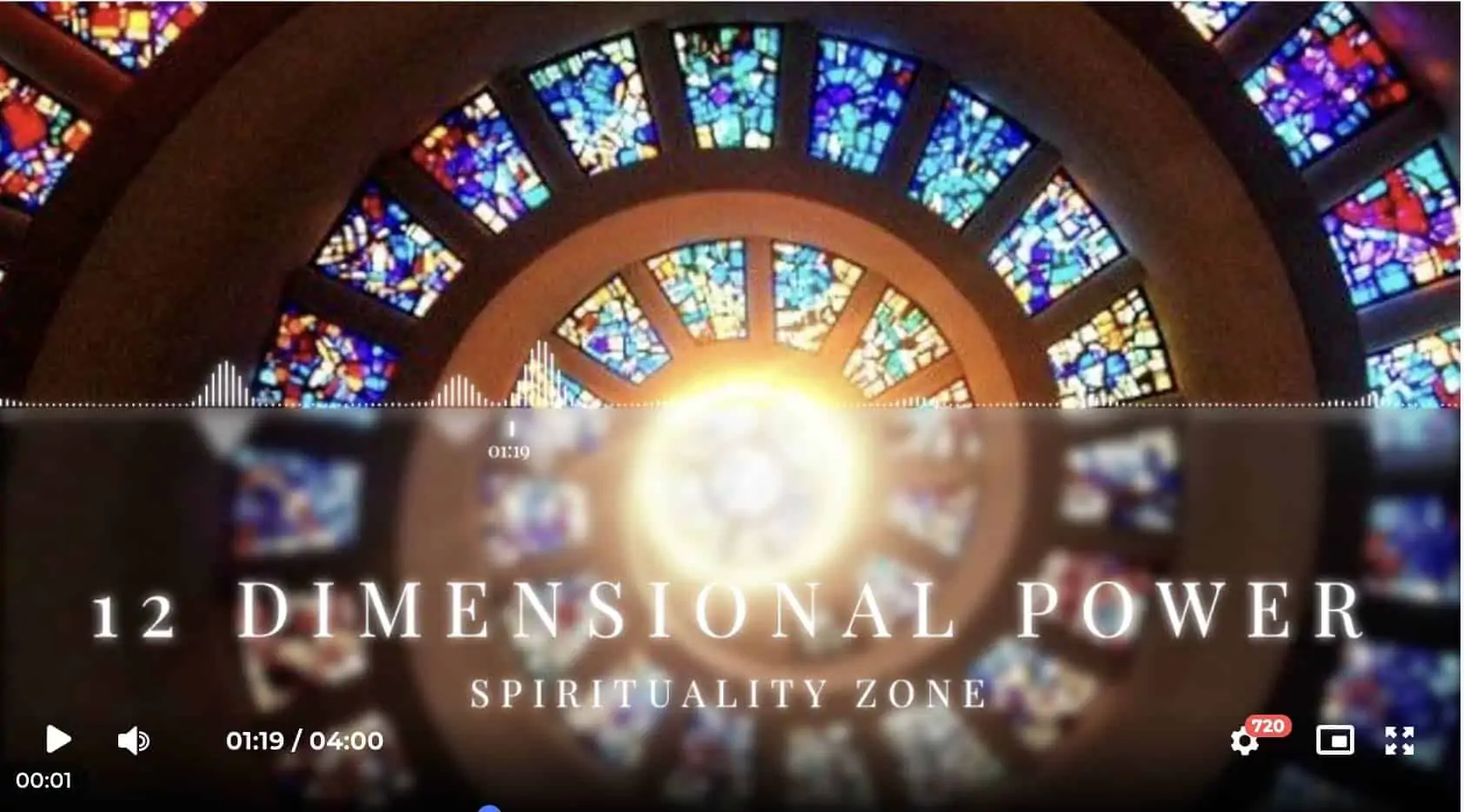
Release Childhood Trauma
The first seven to sixteen years of our lives are the most critical, which end up framing the internal structure of the rest of our lives.
By internal structure, we mean the mental framework via which we see and react to life.
If in these years we suffer trauma, which may be as simple as a person in a position of influence telling you you’re not good enough for whatever reason, this can have a lasting negative impact on the rest of your life.
Back when we were conducting individual sessions, we came across numerous instances where being slapped on the bottom by the midwife at the moment of their birth became the single biggest limiting factor for the rest of their lives.
Childhood traumas can vary widely in nature and severity, but here are some common examples:
- Abuse: Physical, emotional, or sexual abuse can have profound and lasting effects on a child’s mental health. It can lead to feelings of fear, shame, guilt, and low self-worth.
- Neglect: When a child’s basic needs for food, shelter, safety, and emotional support are not met, it can result in feelings of abandonment, worthlessness, and insecurity.
- Bullying: Persistent bullying, whether physical, verbal, or online, can cause significant psychological distress, leading to anxiety, depression, and social withdrawal.
- Loss of a loved one: The death or separation from a parent, sibling, or close caregiver can be deeply traumatic for a child, triggering feelings of grief, loneliness, and abandonment.
- Witnessing domestic violence: Exposure to violence between caregivers or within the family environment can be highly distressing and traumatic for a child, leading to feelings of fear, helplessness, and confusion.
- Traumatic events: Natural disasters, accidents, or other traumatic events can have a profound impact on a child’s mental well-being, leading to symptoms of post-traumatic stress disorder (PTSD), such as flashbacks, nightmares, and hyper-vigilance.
- Chronic illness or disability: Growing up with a chronic illness or disability can be challenging and isolating for a child, leading to feelings of frustration, sadness, and social exclusion.
- Parental substance abuse or mental illness: Living with a parent who struggles with substance abuse or mental illness can create an unstable and chaotic environment for a child, leading to feelings of anxiety, insecurity, and guilt.
- Family conflict or divorce: High levels of conflict between parents or a divorce can disrupt a child’s sense of stability and security, leading to feelings of sadness, anger, and abandonment.
- Traumatic separation: Being separated from a primary caregiver due to adoption, foster care, or other circumstances can be deeply distressing for a child, leading to feelings of loss, rejection, and insecurity.
Childhood traumas aren’t limited to just experiences from the moment of birth. They can also be experienced in the womb, and also inherited through the DNA.
The idea that childhood traumas can be inherited through DNA is a topic of ongoing research in the field of epigenetics. Epigenetics is the study of changes in gene expression that do not involve alterations to the DNA sequence itself. While DNA carries the genetic information passed down from parents to offspring, epigenetic modifications can influence how genes are expressed without changing the underlying DNA sequence.
Some studies suggest that experiences such as trauma, stress, and other environmental factors can lead to epigenetic changes that may be passed down to future generations. These changes can potentially affect how genes related to stress response, emotional regulation, and other aspects of mental health are expressed in offspring.
Our Youtube version will cover most minor childhood trauma issues. Our Advanced version will cover everything, including traumas experienced in the womb and that inherited through the DNA.
How does this differ from our previously released trauma protocol?
We’re continually researching and analysing fields of energy for different purposes. In this process, we find energy fields that specialise in specific tasks.
Where the previous trauma and grief protocol(s) are overall, this particular energy field(s) seem to target only a specific age. It goes much deeper into the traumas suffered in childhood. I’d say maximum till 0 – 14 or 16 years of age for most people.
On further enquiry with the energy field, it revealed that our human life happens in segments. This energy field has to do with this segment of life. If you try to use this for trauma you may have suffered in your late teens or beyond, it won’t work.
The Advanced version has a second energy field as part of the protocol that deals with everything prior to being physically born, which creates the baseline of traumas in childhood in this life.
As I type this, the energy field is telling me that the advanced version energy field also deals with the childhood trauma of past lives as well.
“We carry forward subtle imprints from life to life. The soul does not begin afresh. The traumas compound.”
We recommend working with this protocol 1 – 3 times per session, per day, for 21 days to 3 months, depending on how your childhood has been.
This is going to involve a clearing and purging process, so, be prepared for the release. Let it surface and release. Make sure you increase your water intake.
We always recommend playing energy fields through speakers to expose your entire vibration to the energy field.














